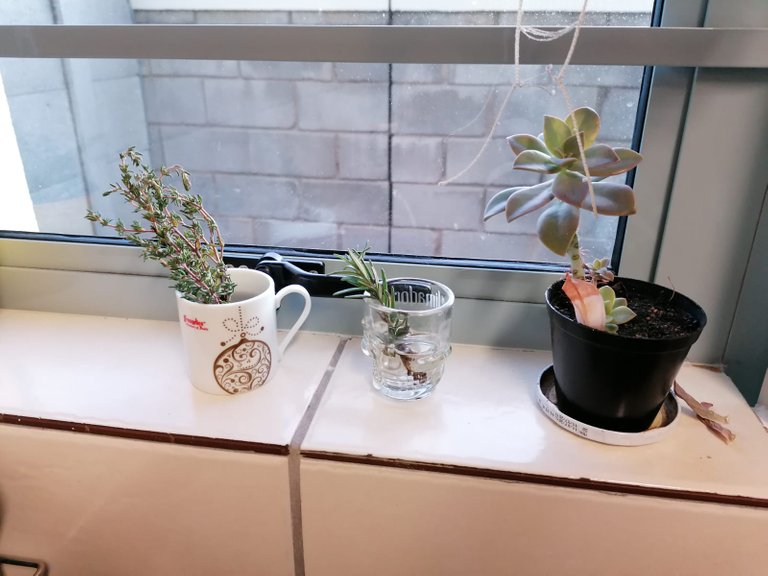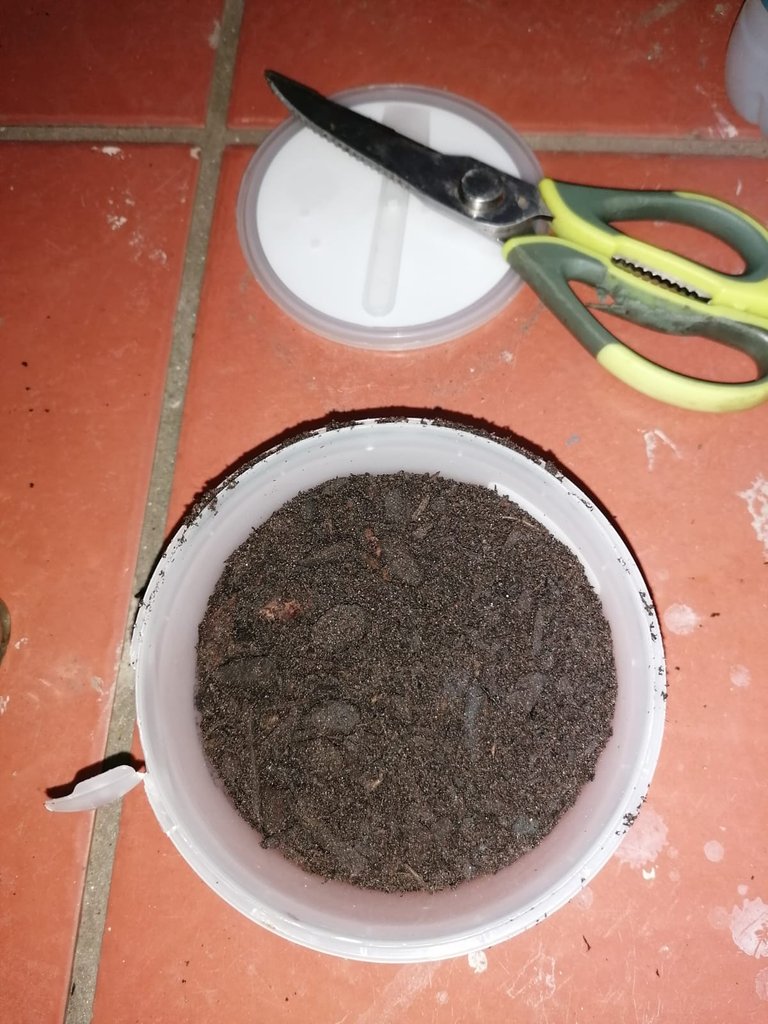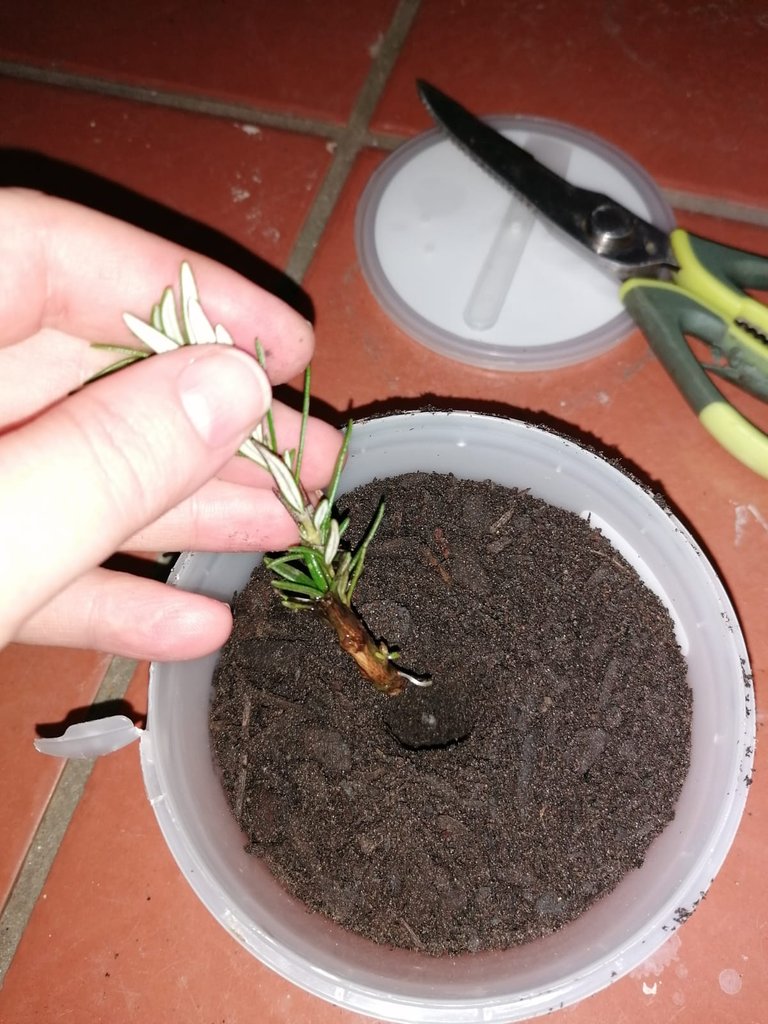Greetings fellow Gardeners
I promised I'd show you my journey with my rosemary and here it is, but first, story time.
I have always loved rosemary, both as a herb in my food and as a plant in the garden. Originally, this plant was named Rosemarinus officinalis but would later be classified as Salvia rosmarinus. For those that didn't know, this is one of the many herbs that fall into the mint family Lamiaceae along with basil and lemon balm.
When I decided to try gardening a few years ago I bought some rosemary seeds and couldn't wait to get my own herb bush. However, I failed to research properly, because if I had, I would have realised that rosemary has a stupidly low success rate of germinating. I read somewhere that it was like 15% or something.
Try and try as I might, I couldn't get any of the seeds to germinate. I gave up and moved on to something else. Then I went away on vacation and when I returned, there was a small sapling growing in the pot, which a friend had been watering when they noticed it.
I was thrilled, as I finally had rosemary! That only lasted about six months. The neighbour's cat decided to walk through the plant, breaking its central stalk. After that, the plant failed to thrive and just continued to decline until powdery mildew ended it.
I didn't bother with rosemary again and rather expanded on my vegetable garden. That was until I went to breakfast about four weeks ago. My partner's dad suffered a heart attack several months ago, and while he lives with my partner's brother, we have been taking him to breakfast once a week, so he can get out of the house.
While being served breakfast, I noticed my partner have a fresh sprig of rosemary on his plate. I swiped it and immediately put it in my pocket. I grew up with a father in agriculture, and I knew how to get a cutting to thrive. The moment I got home I trimmed the last few leaves off the bottom of the sprig and then added the sprig to water.

My windowsill of random plants
The cutting then remained on the windowsill until about a week ago when I lifted it and finally noticed a root!

The rosemary cutting
I figured another week in the water would be good for it. As soon as the root was long enough I knew it was time to add it to some soil to get it growing into a tranplant.

The transplant pot
Using scissors, I put some drainage holes at the bottom of a 500 ml (16 oz) tub I have been saving for a while. Yes, it's food-grade, I checked. I then filled the container with 3/4 potting soil and stuck a finger in it to the depth that the root wouldn't be crushed.

Finally dirt!
I then soaked the potting soil until the water drained from the drainage holes before bringing it back indoors.

Happy rosemary
Now I know rosemary is a drought-tolerant plant and normally doesn't like a lot of water, but as a cutting, it needs the water, and I'll continue to ensure the soil remains moist as it grows.
Where to go from here?
The rosemary cutting will remain in this container for the next 6-8 weeks as it develops a more robust root system. Once this occurs, I have a pot waiting for it, one a cat won't walk through and destroy.
Last week I was out with friends and I got several sprigs of thyme. I'm looking forward to getting equally good results with that. I may actually take a small piece and add it to the soil to see if I really need to keep it in water until it develops roots.
Until then, have a great time in your gardens. Don't forget to check out my September update about my veggie garden.


